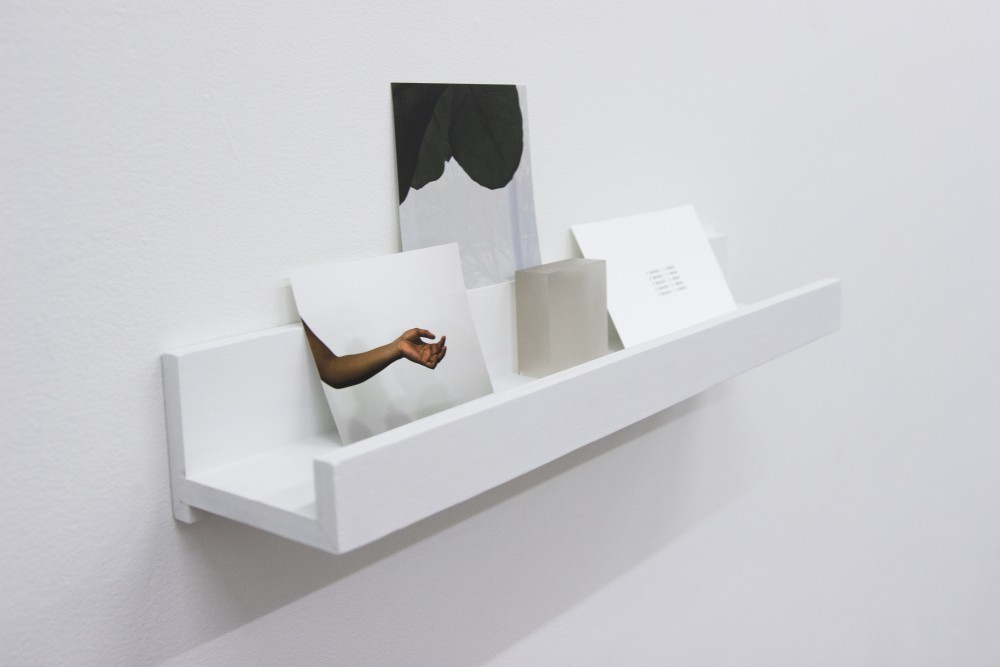Photographs, hung sparsely on the gallery walls of The White Page, depicted natural light in bare settings, gentle ripples in still water, lines of poetry and intimate portraits of women of color.
The photographs belong University of Minnesota MFA graduate Mara Duvra. Part of The White Page’s one-month residency program, the opening reception for Duvra’s exhibit “To allow for breath” took place at the South Minneapolis gallery Friday night.
“This is really only the beginning. ‘To allow for breath’ is the first visual chapter of a wider project that I call ‘Tending,’” Duvra said.

The purpose of “Tending,” Duvra notes, is to show women of color in soft, textured and intimate ways. The project looks at women of color who have touched Duvra’s life in some way. She transforms the images of these people and concepts into what she calls “visual poetry.”
“It’s creating installations that have this idea that you are meant to slow down,” Duvra said. “I like to think of the idea of meditating. I don’t want anyone to feel like they have to be anything in this space, but it’s more of an installation where you have to slow down because there’s always something tucked away.”
Slow down they did. People craned their necks, crouched down and got up-close to observe Duvra’s prints.
Carefully curated, some were framed and stood alone on the ground, leaning against the white gallery walls. Some hung side by side and some were pinned only at the top, with the bottom of the print curling up and creating shadow and shape. Sometimes, tiny lines of text accompanied a photograph, and sometimes not.

A reading corner occupied the space next to the radiator, complete with a slim bronze lamp and fur-lined wooden chair. Titles like, “The Collected Poems of Audre Lorde,” “On Longing,” “Bone Black” and “The Sovereignty of Quiet,” lined the bookshelf.
Co-founder of The White Page Alanah Luger-Guillaume was one of four young artists who started the collective just after college in 2013.
“[The White Page’s] mission is to provide a space that fosters creativity for emerging artists that are at the beginning of their career, specifically artists like us,” Luger-Guillaume said.
She met periodically with Duvra as she worked on “To allow for breath.”
“We’ve had a lot of louder shows recently, and [Duvra’s] work is aesthetically really easy to like because it’s gentle and lean, and that’s really appealing,” Luger-Guillaume said.
Duvra’s work is continuous. She notes that there is a vast image of blackness and black identity in the art world, and intends her work to be an additional opportunity for dialogue and questions.
“I don’t think what I’m doing is unique,” Duvra said. “I’m hoping that what I’m doing is just adding to this poetic diaspora of people of color.”








